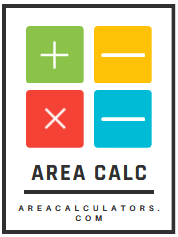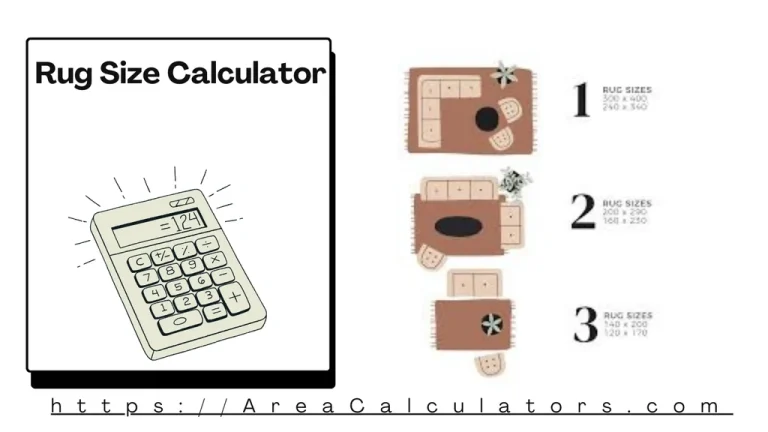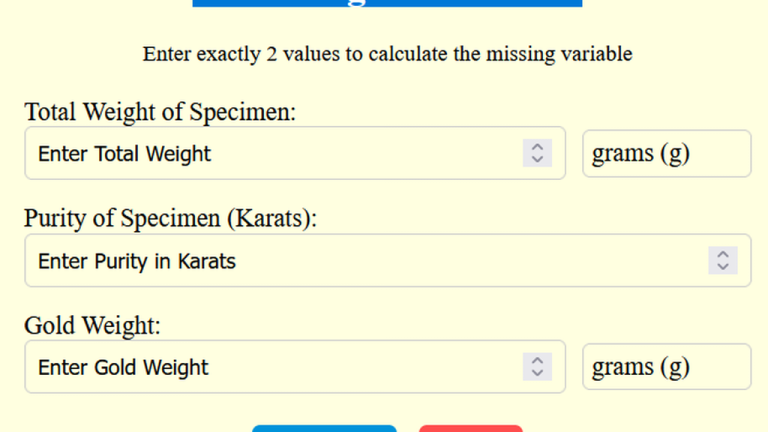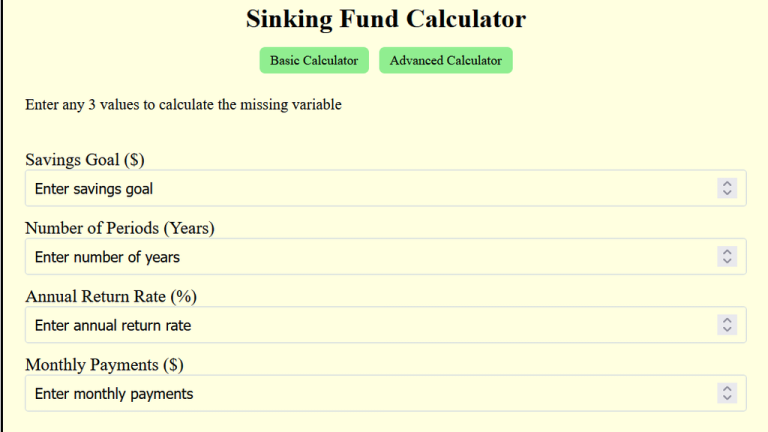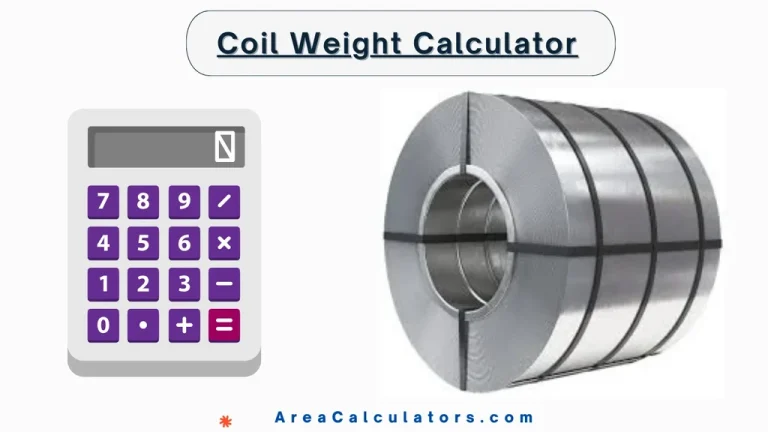Brick Usage Calculator
To calculate the number of bricks needed, add the brick size and the square of the mortar joint thickness, then divide by 144 to convert to square feet. Multiply the result by the wall area to find the total number of bricks required.
The Brick Usage Calculator helps you estimate the number of bricks required for a construction project based on the dimensions of the wall, the size of the bricks, and the mortar joint thickness. This formula helps ensure you have the right amount of bricks for any project, whether it’s a wall, floor, or room.
Formula:
The formula to calculate the number of bricks needed is:
BN = (BS + MJ²) / 144 * WA
Where:
- BN is the number of bricks needed,
- BS is the brick size (in square inches),
- MJ is the mortar joint thickness (in inches),
- WA is the wall area (in square feet),
- 144 is the conversion factor to square feet (12 inches × 12 inches).
This formula calculates the number of bricks needed by accounting for the brick size, mortar joints, and the area of the wall or floor.
How to Calculate ?
- Add the brick size (BS) and the square of the mortar joint thickness (MJ²).
- Divide the result by 144 to convert to square feet.
- Multiply the result by the wall area (WA) to find the total number of bricks.
Solved Calculations:
Example 1:
| Calculation | Instructions |
|---|---|
| Given: BS = 8 × 4 inches, MJ = 0.5 inches, WA = 200 square feet | Start with the brick size, mortar joint, and wall area. |
| BN = (32 + 0.25) / 144 × 200 | Plug the values into the formula. |
| BN = 32.25 / 144 × 200 | Simplify the equation. |
| BN = 0.224 × 200 | Multiply by the wall area. |
| BN = 44.8 bricks | The number of bricks needed is approximately 45. |
Answer: You will need 45 bricks for the project.
Example 2:
| Calculation | Instructions |
|---|---|
| Given: BS = 9 × 3 inches, MJ = 0.75 inches, WA = 300 square feet | Start with the given values. |
| BN = (27 + 0.5625) / 144 × 300 | Plug the values into the formula. |
| BN = 27.5625 / 144 × 300 | Simplify the equation. |
| BN = 0.1913 × 300 | Multiply by the wall area. |
| BN = 57.39 bricks | The number of bricks needed is approximately 57. |
Answer: You will need 57 bricks for the project.
What is Brick Usage Calculator ?
A Brick Usage Calculator is an essential tool for anyone planning a construction project that involves brickwork. This calculator helps you determine how many bricks you need for your project, whether you’re building a wall, a floor, or any other structure.
To use the calculator, you typically need to know the dimensions of the area you want to cover. For example, if you’re building a wall, you would input the height and width of the wall in feet. The calculator will then calculate the total area and estimate how many bricks you’ll need based on standard brick sizes, such as a 9-inch brick or a 4.5-inch brick.
If you’re wondering how to calculate brick consumption, it’s important to remember that the number of bricks required can vary based on the size of the bricks and the pattern of the wall. Many calculators also consider factors like mortar joints and potential waste, which is crucial for getting accurate estimates.
You might also be interested in knowing how many square feet 1000 bricks will cover. This is helpful for larger projects. Generally, a standard brick covers about 1 square foot, but this can vary depending on the specific type and size of the brick.
Using a brick calculator app can simplify the process even further. These apps allow you to quickly input measurements and get instant calculations, making your planning more efficient.
Final Words:
Whether you’re working on a small DIY project or a large construction job, a brick usage calculator is an invaluable resource to ensure you order the right amount of materials. This helps save time and reduce costs, making your construction projects more manageable.
